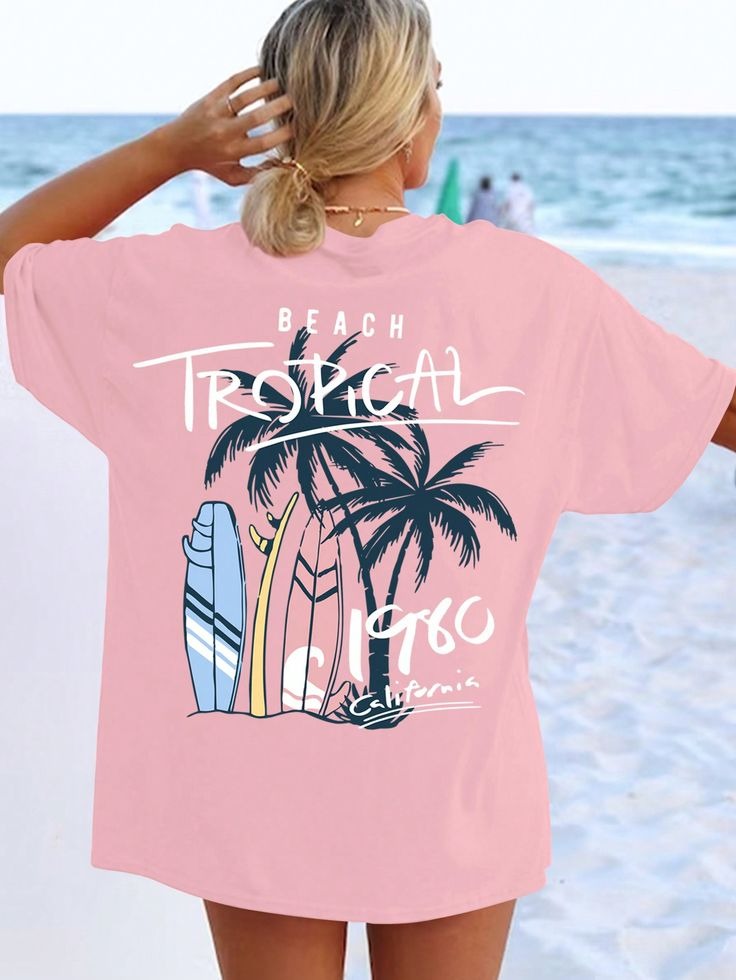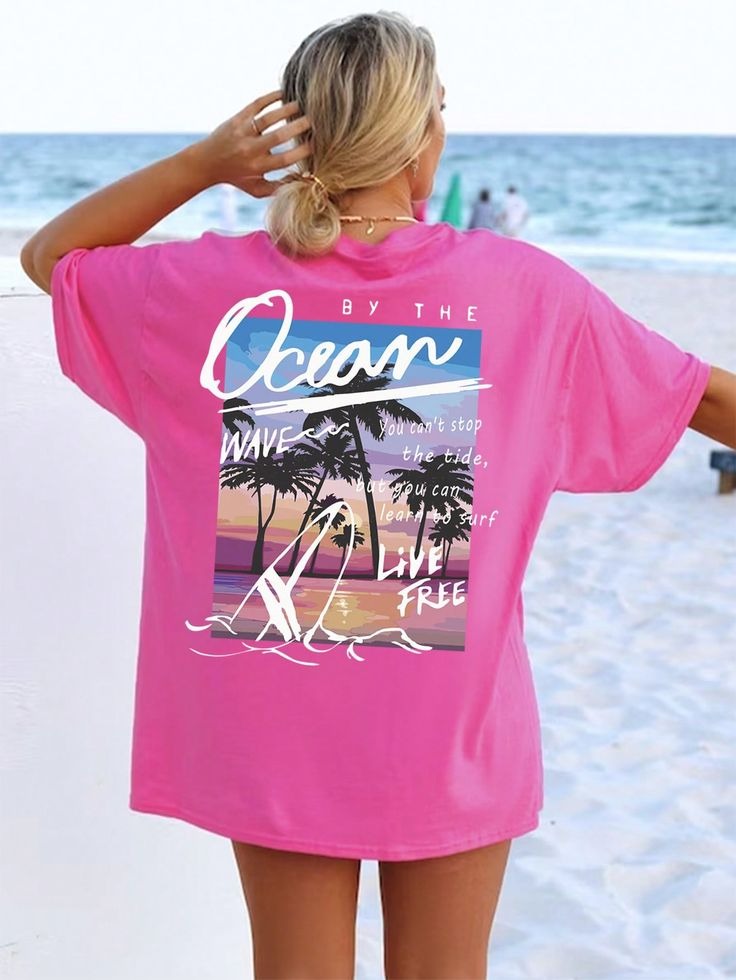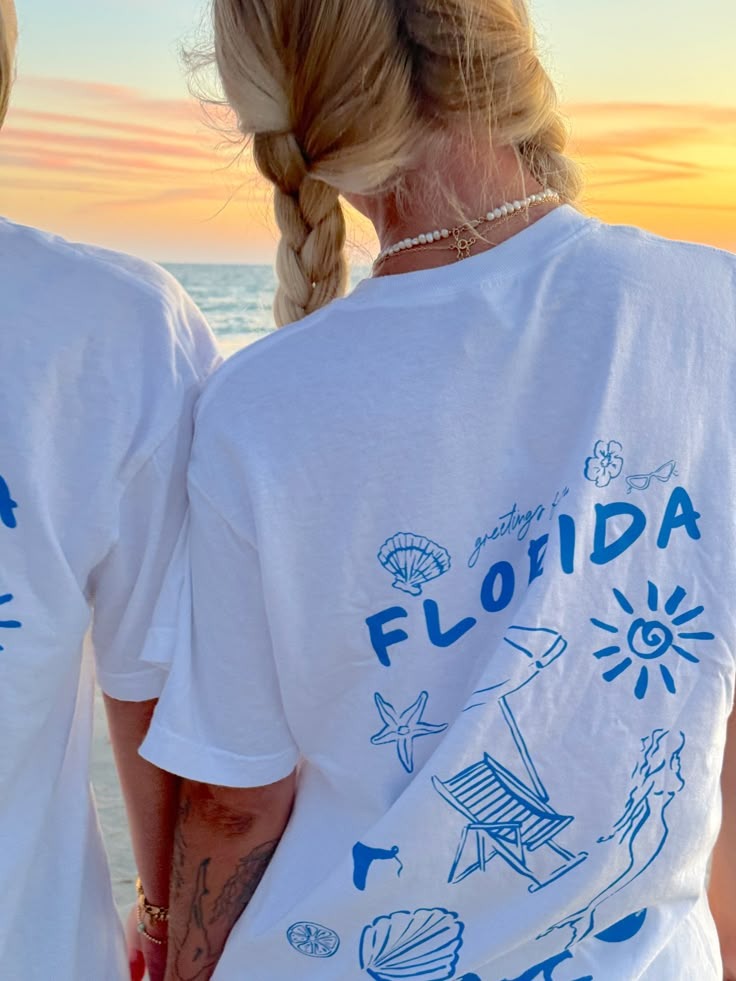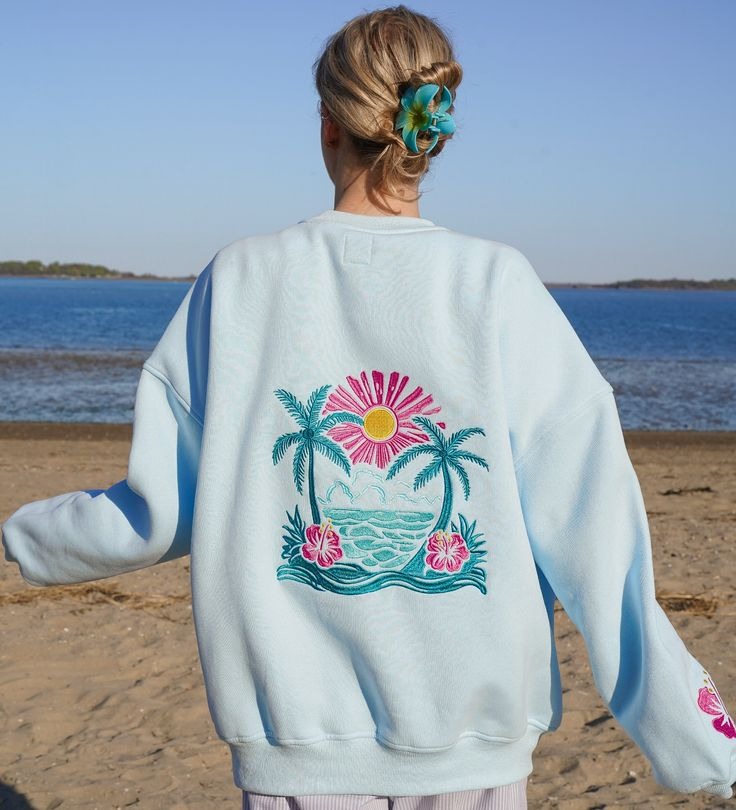No products in the cart.: 0,00$
T-Shirts: Perpetual Reinvention of Fabric, Form, and Philosophy

Introduction
The T-shirt occupies a singular position in the global wardrobe, simultaneously embodying accessibility, adaptability, and aspiration. What began as a basic underlayer has evolved into a multifaceted cultural signifier, technological incubator, and environmental touchstone. Its enduring appeal lies in the marriage of simplicity and depth: a garment of minimal components—body panel, sleeves, neckline—yet infinite in variation, expression, and impact. This extensive exploration traces the T-shirt’s trajectory from nascent workwear to frontier of smart textiles, examining the myriad innovations, movements, and challenges that have shaped its story. In doing so, we illuminate broader narratives of industrial ingenuity, artistic collaboration, ethical accountability, and the ceaseless human drive to infuse everyday objects with meaning.
Historical Foundations and the Democratization of Dress
The arc of the T-shirt’s evolution begins in the late nineteenth century, when industrialization and rising labor movements demanded functional attire. Textile mills introduced one-piece knit cotton jerseys for manual workers, offering relief from layered, constricting garments. Maritime crews, contending with the heat and humidity of sea decks, adopted these knits; by the 1910s, European and American navies had standardized the shirt as basic issue. Despite its practicality, the T-shirt remained concealed beneath uniforms and civilian attire until the mid-twentieth century.
World War II proved pivotal. GIs in Pacific and Mediterranean theaters found their cotton undershirts indispensable against tropical sun and damp camouflage. Returning veterans, comforted by these simple yet effective garments, continued wearing them off-duty. In California’s burgeoning surf culture and on the silver screen, images of shirted youth—Marlon Brando in “A Streetcar Named Desire,” James Dean in “Rebel Without a Cause”—refracted the T-shirt into a symbol of rebellion and authenticity. From dock to dockside to downtown, the T-shirt slipped from anonymity into the spotlight, democratizing dress by offering a uniform that required neither wealth nor pedigree.
Materials, Manufacturing, and the Science of Comfort
The progression from rudimentary cotton jerseys to sophisticated performance fabrics underscores the T-shirt’s role as a textile laboratory. Early models employed coarse, loosely spun cotton, prized for breathability but prone to distortion. The mid-twentieth century saw the advent of ring-spun cotton, whose finer, stronger yarns produced smoother knits and reduced pilling. As athletic culture gained momentum in the 1970s and 1980s, textile engineers introduced cotton-polyester blends, marrying absorbency with rapid-dry resilience.
The twenty-first century has witnessed exponential leaps. Microfibers engineered at sub-denier scales optimize moisture-wicking and air circulation, prized by endurance athletes. Bio-based viscose—from bamboo, hemp, and eucalyptus—emerged as renewable alternatives, offering antimicrobial and thermo-regulating properties. Recycled polyester, spun from post-consumer PET bottles, redirected millions of tons of plastic waste into wearable form, though concerns about microplastic shedding spurred further innovation.
On the production front, digital direct-to-garment printing shattered previous limits of color and detail, enabling high-resolution photographic transfers and infinite graphic permutations. Waterless dyeing techniques slashed water consumption by up to ninety-five percent, while pigment printing eliminated the need for rinsing altogether. Three-dimensional knitting machines, long confined to sample swatches, now fabricate entire shirts to seamless precision, eradicating cut-and-sew scrap. Together, these advances signal a reconfiguration of apparel manufacturing from mass-market uniformity to agile, low-waste customization.
Cultural Resonance: The T-Shirt as Social Touchstone
Few garments rival the T-shirt’s capacity to mediate personal and collective identity. In the turbulent sixties and seventies, student protesters, anti-war activists, and civil rights campaigners inked their convictions onto cotton canvases. Screen-printed slogans and graphics traveled across marches and music festivals, forging visual solidarity that transcended linguistic divides. The low barrier to entry—anyone with a screen, squeegee, and basic training could produce a batch of tees—empowered grassroots speech in a way no other medium could.
Concurrently, commercial brands recognized the T-shirt’s broadcasting power. By the 1980s, luxury fashion houses debuted logo-centric designs, transforming a humble wardrobe staple into a marker of prestige. Streetwear pioneers collaborated with graffiti artists, skateboarders, and hip-hop musicians to release limited-edition runs—capsule collections that sold out within hours and fueled a burgeoning reseller market. In each instance, the T-shirt functioned as a mobile billboard, signaling affiliation, aspiration, or dissent every time it entered public view.
The digital era has only amplified this dynamic. Social media influencers curate their personal brands through T-shirt graphics, while memes and viral images leap from screen to stenciled shirt to retail racks. Virtual avatars in gaming worlds don digital tees, extending the garment’s semiotics into augmented reality. Even within the metaverse, T-shirts advertise status, artistry, and community membership, underscoring the garment’s perpetual relevance.
Stylistic Diversity and the Art of Reinvention
Despite its archetypal form, the T-shirt remains an endless canvas for designers. Neckline variations—classic crew, deep V, wide boat, and asymmetric cuts—offer avenues for neckline elongation or shoulder emphasis. Sleeve lengths range from cap sleeve and dolman to elbow-skimming and three-quarter, each shift subtly altering the garment’s mood. Hemline modifications—cropped, tunic, high-low—play with proportions, enabling the T-shirt to anchor both relaxed streetwear and tailored business-casual ensembles.
Surface design intensifies this variation. Tie-dye’s cyclical resurgence taps into retro nostalgia and artisanal appeal. All-over prints, enabled by roll-to-roll digital presses, drape torsos in photographic landscapes or abstract motifs. Embroidery and appliqué graft texture and depth, while foil prints, sequins, and metallic inks introduce unexpected shine. Minimalist accents—a single embroidered heart, tonal sleeve stripe—exemplify the power of subtlety. Collaborative ventures between high-fashion houses and subculture icons generate hybrid aesthetics that reverberate across markets, each drop telling a unique story.
Economic Ecosystem: From Fast Fashion to Circular Enterprises
The global T-shirt market spans a broad economic spectrum. Fast-fashion conglomerates leverage vertical integration and economies of scale to produce disposable tees at rock-bottom prices, bidding consumers to replace rather than repair. These low prices come at hidden costs: inflated water use, chemical pollution, exploitative labor, and burgeoning landfill volumes.
At the opposite pole, luxury designers offer artisanal T-shirts—hand-printed, gadrooned, or embroidered—bearing six-figure price tags and stocked in boutique showrooms. Mid-market and direct-to-consumer brands navigate a middle path, pledging fair wages, organic or recycled materials, and transparent supply chains. Subscription and rental models further diversify the ecosystem, enabling consumers to rotate curated collections for a monthly fee, while professional cleaning and repair services maximize garment longevity.
The secondary market completes this cycle. Vintage band tees, limited-edition collabs, and historically significant prints fetch premium sums on resale platforms and auction houses. Collector communities form around rare artifacts, from original Woodstock concert shirts to early streetwear releases. In this way, each T-shirt acquires not just functional or aesthetic value, but also historical and collectible significance.
Ethical and Environmental Imperatives
Beneath the T-shirt’s cultural ubiquity lies a sobering environmental ledger. Conventional cotton cultivation depletes aquifers, relying on intensive irrigation in arid regions. Pesticides, fertilizers, and defoliants jeopardize soil health and marine ecosystems when residues enter waterways. Synthetic fibers, while durable, contribute to microplastic pollution with each wash, infiltrating food chains and drinking water.
The supply chain’s human dimensions are equally fraught. Textile workers—predominantly women in low-income countries—often toil under unsafe conditions for wages that fall below living standards. Factory accidents and labor abuses have punctuated the garment industry’s history, most notably the Rana Plaza disaster of 2013, which claimed over a thousand lives in Bangladesh.
In response, a constellation of initiatives has emerged. Organic and regenerative cotton farming eschews synthetic chemicals and prioritizes soil health and biodiversity. Closed-loop recycling processes convert textile waste into new fibers, while chemical recycling breaks down polyester into reusable monomers. Waterless dyeing and pigment printing dramatically reduce effluent, and renewable energy powers increasingly automated factories. Brands partner with third-party certifiers to authenticate fair labor practices and environmental stewardship. Blockchain platforms trace garments from seed to shelf, granting consumers unprecedented visibility into production origins and labor conditions.
Styling and Wardrobe Integration
The T-shirt’s adaptability cements its place in wardrobes across contexts. A supremely tailored crew-neck in weighty pima cotton offers effortless polish beneath a blazer, while a drapey modal V-neck delivers relaxed refinement under a bomber jacket. Slim-fit silhouettes tucked into high-waisted trousers extend the torso and refine proportions; oversized boxy cuts paired with tapered joggers yield a contemporary, androgynous edge.
Seasonal layering further expands creative potential. In temperate months, a merino-blend long-sleeve tee serves as a moisture-wicking base, while lightweight linen T-shirts stand solo in heat. Transitional styling pairs a sleeveless muscle shirt with a button-down overshirt, creating dynamic contrast. Accessories—from silk scarves knotted at the collar to leather harnesses draped across the chest—transform even the plainest shirt into a statement piece. Footwear choices finalize the look: minimalist sneakers, utilitarian boots, or classic loafers, each imparting distinct character.
Care, Repair, and Upcycling
Mindful maintenance is essential to unlocking a T-shirt’s full lifecycle. Washing inside-out in cold water preserves dyes and graphics, while gentle detergents protect fibers. Line drying or low-heat tumble cycles mitigate shrinkage and energy use. Ironing inside-out on fiber-appropriate settings safeguards prints and embroidery.
When wear and tear appear, repair presents a sustainable remedy. Invisible darning techniques restore small holes, while creative patches and embroidered motifs conceal larger abrasions. Community repair cafes and online tutorials empower individuals to mend rather than discard. Upcycling projects convert retired T-shirts into quilts, tote bags, or home décor, retaining sentimental value and diverting textiles from landfills.
Future Horizons: Smart Textiles and Circular Systems
The T-shirt continues to inhabit the frontier of material and technological innovation. Conductive threads woven into knits enable real-time biometric monitoring—heart rate, body temperature, hydration levels—transmitted wirelessly to health devices. Phase-change materials and shape-memory polymers adjust insulation and ventilation dynamically, optimizing thermal comfort. Augmented reality overlays, visible through smart glasses, project digital graphics onto physical shirts, revolutionizing customization at live events.
From a production standpoint, on-demand knitting kiosks in retail spaces promise zero-inventory models, fabricating personalized shirts in minutes. Biofabrication techniques may soon yield lab-grown cellulose fibers, eliminating land use and pesticide demands. Carbon capture polymers could convert atmospheric CO₂ into structural yarns. Combined with closed-loop water and energy systems, these breakthroughs envision a future where T-shirt manufacturing becomes carbon-negative and waste-free.
Conclusion
The T-shirt’s odyssey—from industrial undergarment to global cultural canvas, from artisanal novelty to platform for smart textiles—reveals the garment’s extraordinary capacity for reinvention. At once a symbol of democratic fashion and a barometer of industrial practices, its story intertwines artistic ingenuity, social movements, ethical debates, and technological leaps. As the industry confronts environmental imperatives and social responsibilities, the T-shirt serves as both a mirror and a map: reflecting current values and charting pathways toward a more sustainable, equitable, and creative future. In every stitch and pixel, the T-shirt invites us to consider not only what we wear, but why we wear it—and how our choices resonate across societies and ecosystems alike.




